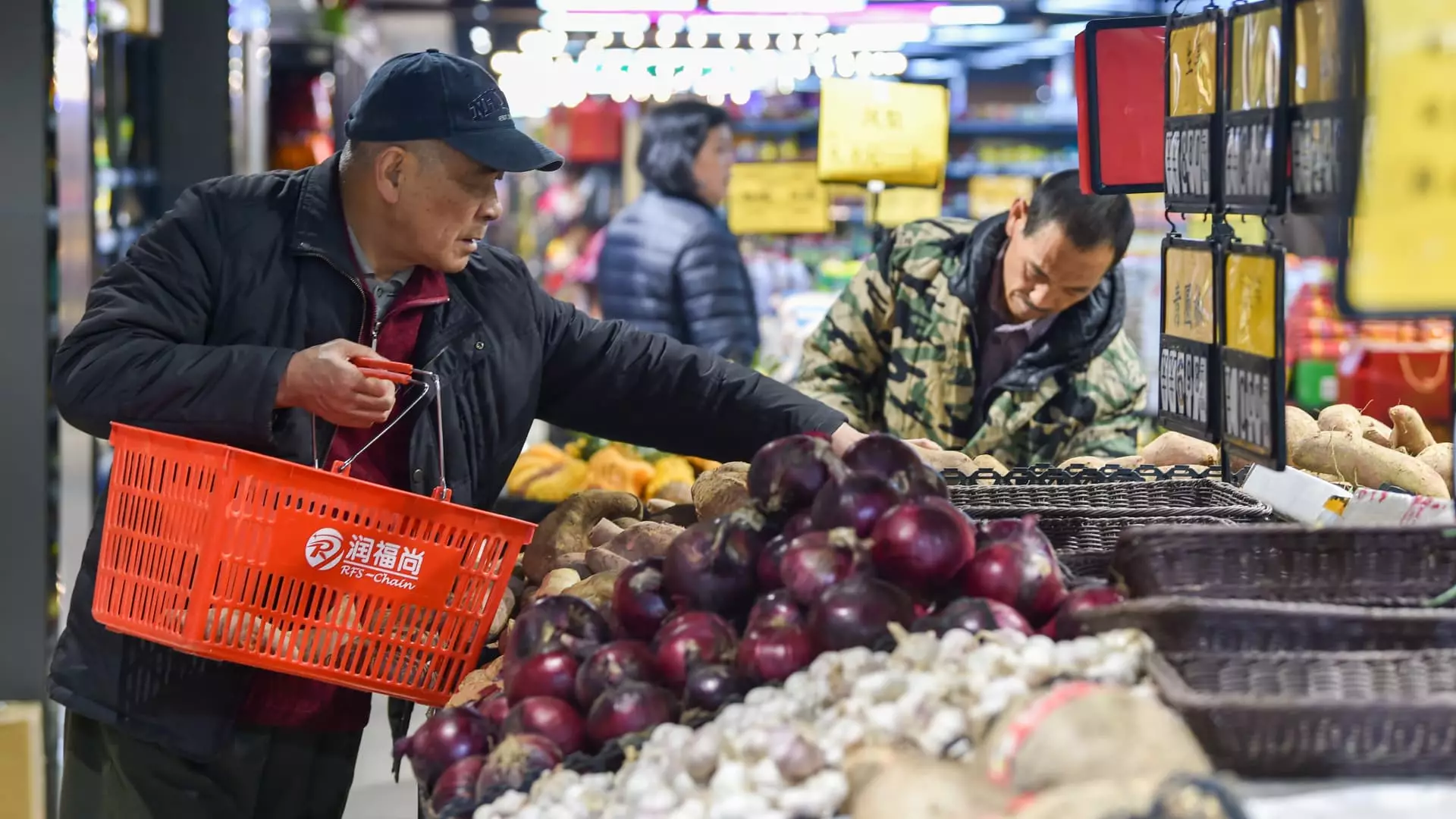In April, China saw an increase in consumer prices for the third consecutive month, a sign of improvement in domestic demand. This rise in consumer prices, coupled with better-than-expected imports data, suggests that the policy support measures implemented by the government are starting to have a positive impact on consumer confidence. The National Bureau of Statistics reported that consumer prices in April increased by 0.3% compared to the previous year, beating a forecasted rise of 0.2%. Core inflation, which excludes volatile food and fuel prices, also saw a growth from 0.6% in March to 0.7% in April.
On the other hand, producer prices continued to decline, with the producer price index dropping by 2.5% in April compared to the previous year. This decline has been ongoing for the past 1-1/2 years, indicating a persistent challenge in the industrial manufacturing sector. The Chinese central bank emphasized the need for flexible, precise, and effective monetary policies to promote a moderate recovery in consumer prices and consolidate economic recovery. However, the challenges in the industrial sector highlight the need for a more balanced recovery to ensure sustainable growth.
While the recent data shows signs of improvement in domestic demand, China still faces challenges in sustaining this momentum. Cooling factory and services activity, along with a persisting housing crisis, indicate that more policy support may be necessary to stabilize the economy. The government’s efforts to address municipal debt and encourage consumer spending by managing utility price hikes reflect an ongoing struggle to manage economic pressures effectively. Additionally, the State Council’s directive to halt some state-funded infrastructure projects in heavily indebted regions underscores the complexity of navigating economic challenges in China.
Looking ahead, analysts remain cautious about China’s economic growth prospects, particularly in achieving the growth target of about 5% by 2024. The continued reliance on policy support measures to bolster growth suggests that the economy may face obstacles in achieving sustained and balanced growth. As the government aims to strengthen expectation management and create more consumption scenarios, the focus on addressing structural imbalances and promoting inclusive growth will be crucial in determining the long-term success of China’s economic strategy.
While the recent data paints a mixed picture of China’s economic progress, it highlights the ongoing challenges and complexities faced by policymakers. Balancing short-term recovery efforts with long-term structural reforms will be key to ensuring sustainable and inclusive growth in China’s economy.


Leave a Reply